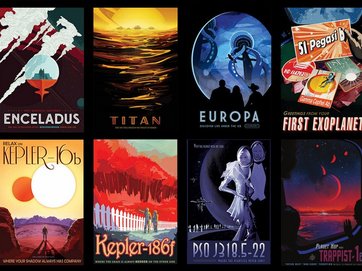What makes Earth special? Is it really unique? Over the past three decades, astronomers have discovered thousands of exoplanets — worlds orbiting stars beyond our Sun — showcasing a stunning variety of sizes and environments. Many are unlike anything in our solar system: some worlds are scorching-hot giants, others are icy mini-Neptunes. All of them are reshaping our understanding of planetary formation and evolution.
To study these distant worlds, scientists use innovative techniques. In transit observations for instance, a planet passes in front of its star and blocks during its passage a tiny fraction of starlight. This allows us to analyze the planet’s atmosphere and detect gases like water vapor or oxygen. Measuring a planet's thermal emission reveals its temperature and surface features, while direct imaging captures faint light from the planet itself, separated from its star’s glare. With new and more powerful telescopes on the horizon, we will soon be able to study planets similar to Earth. These tools will help us explore whether Earth is truly unique or just one example of many habitable worlds.
In this Kosmisches Kino Guilia Roccetti from the European Southern Observatory (ESO) will uncover with us a kaleidoscope of different worlds and gain insights into what makes a planet capable of supporting life.
This event is in English.
When: 16.01.2024 um 19:00 Uhr
Where: ESO Supernova Planetarium in Garching
Ticket fee: € 6.50
Book here: ESO Supernova


